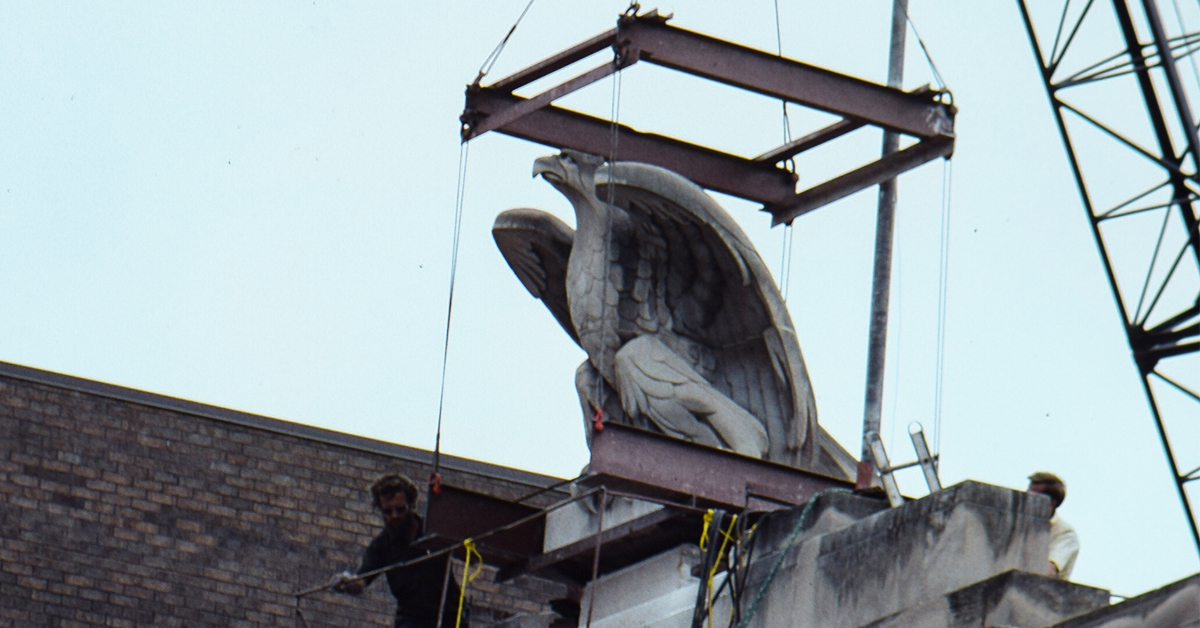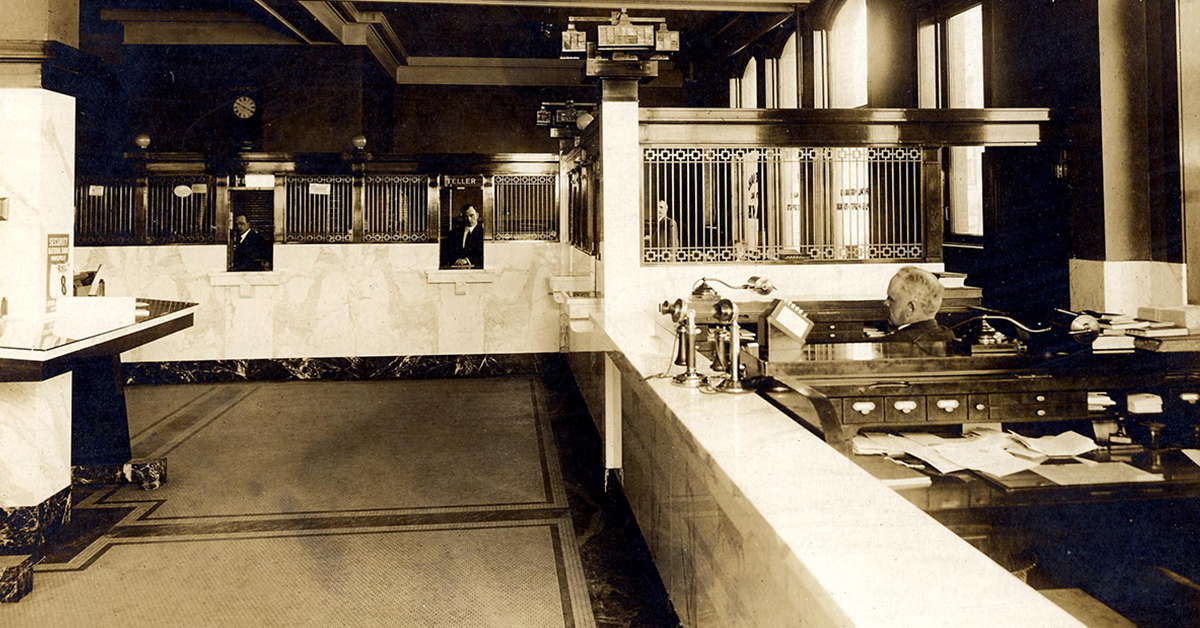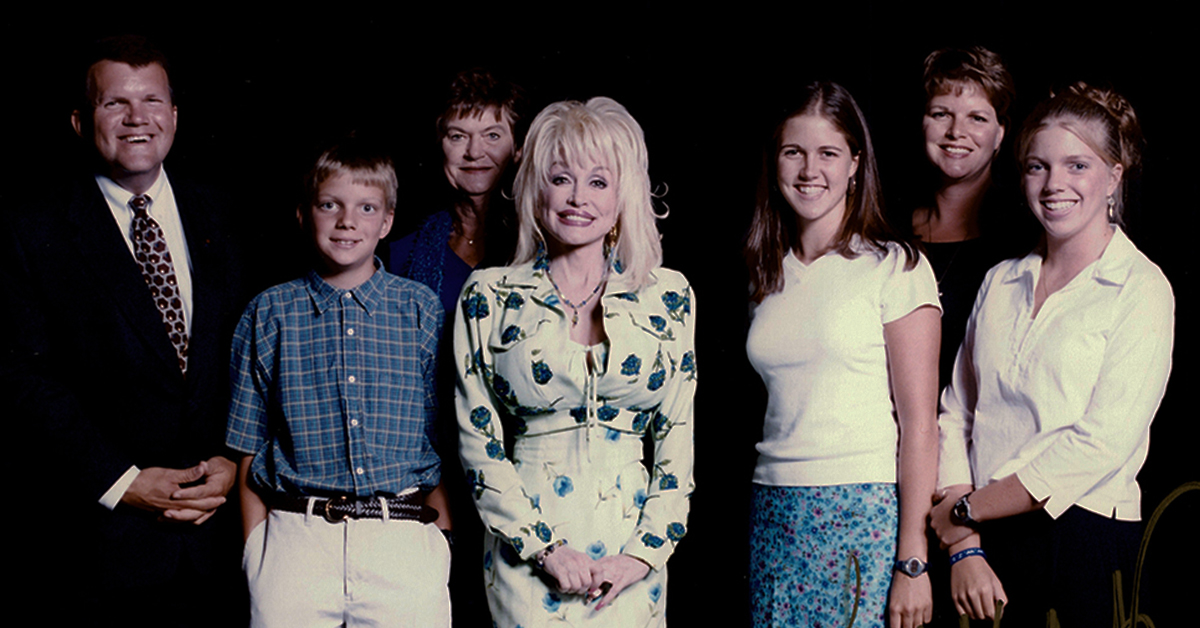Shared with permission from the South Dakota Banker’s Association.
The First National Bank in Sioux Falls (FNBSF) prides itself on doing things differently and being more than just a bank. Its mission statement “We Build Successful Relationships” and its FIRST Values serve as the foundation of the bank’s culture. As the oldest bank in Sioux Falls, FNBSF owes its longevity to a combination of service, stability, innovation and family involvement. CEO William “Bill” L. Baker is the fourth generation of his family to lead the bank. Baker is retiring at the end of 2019 and transitioning the CEO title to Chris Ekstrum, who was named bank president in 2016.
“We’ve worked hard to instill leadership and a risk-management framework designed to make continuing this great family legacy possible,” Baker said.
A 134-Year-Old Bank
The First National Bank in Sioux Falls was chartered as Minnehaha National Bank in 1885 by prominent Sioux Falls pioneers, including Edwin A. Sherman, who was the bank’s first president. Baker’s great-grandfather, William Lafayette Baker, came to Sioux Falls to work for the bank in 1889 at the suggestion of Joseph Mead Bailey, a fraternity brother from Rochester University, N.Y. Bailey had succeeded Sherman and was one of the youngest national bank presidents when he died at the age of 27 in 1891.
“I don’t think my great grandfather came to Sioux Falls with the intention of spending the rest of his life out here,” Baker reflected. “When Bailey died suddenly, I am sure everyone was looking at William Lafayette and whether he was going to stick around or head home, and he stayed to his credit to help run the day-to-day as the cashier.”
William Lafayette Baker was elected to the bank’s board of directors in 1896, along with local entrepreneur Paul F. Sherman, who served as president from 1901 to 1910. The two acquired a controlling interest in the bank when early shareholders couldn’t make capital calls. Paul F. Sherman sold out in late 1909, and William Lafayette Baker was elected president in 1910, which began the Baker family’s succession. The bank became First National Bank in 1929 and was the only bank besides New Deal-assisted Northwestern National Bank that survived the Great Depression. When William Lafayette Baker passed away in 1939, the board felt his son, William W. Baker, was too young to be president.

Front Row L-R: Richard C. Baker, Andrea Kuehn, Stephanie Gongopoulous, Robert S. Baker
Board Member Martin Kuehn served as president until William W. Baker officially took over in 1942. William W. Baker’s son, William S. Baker who is Bill Baker’s father, took over as president in 1971. Under his leadership, new branches were opened and acquisitions were made. Martin Kuehn’s nephew, Curt Kuehn, became president in 1983, followed by Robert S. Baker (Bill Baker’s uncle) in 1991. Following his dad’s retirement, Bill Baker became Robert S. Baker’s executive vice president in 1995. Bill Baker was named president of the bank when Robert S. Baker retired in 2000.
Keep an eye out for Part 2!



